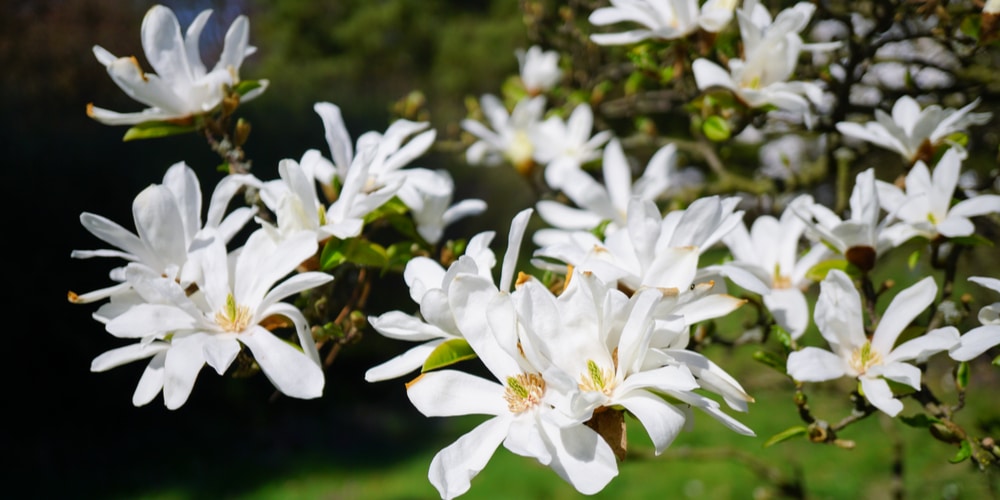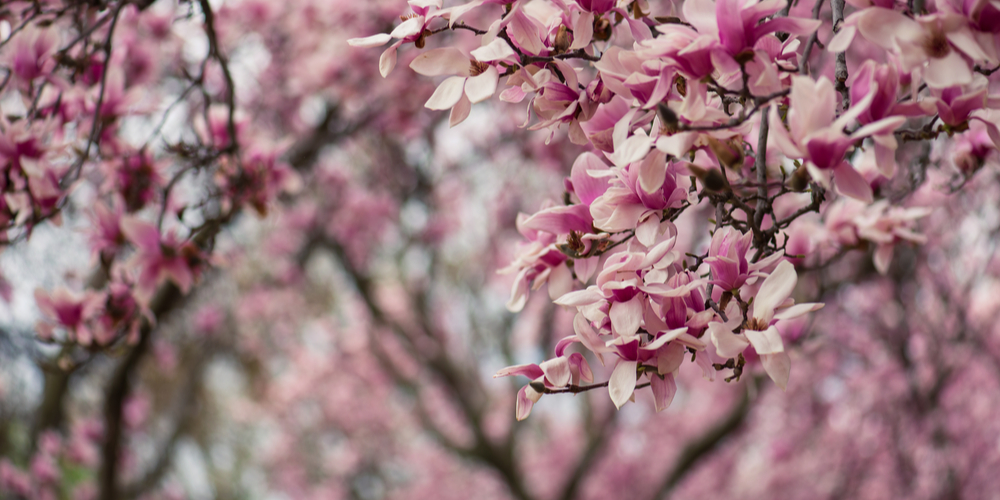There are more than 200 varieties of magnolias. Of those, less than 20 exist in the US. People admire them for their gorgeous flowers and appealing scent. For this reason, they are some of the most popular trees in the United States.
These stunning trees tend to prefer warm climates, but you can find species that better tolerate low temperatures. Most magnolias thrive in USDA hardiness zones between 5 and 10.
But do magnolia trees lose their leaves? And what should you know about adding one of such gorgeous plants to your yard? You are in the right place to find out!
Do Magnolia Trees Lose their Leaves?
Depending on the variety you plant in your yard, you might have an evergreen or a deciduous magnolia. So for some species, losing their leaves in winter is nothing out of the ordinary.
Deciduous magnolias tend to tolerate low temperatures better. So if you live in a colder region, you should consider adding one of them to your garden. Examples include the Saucer magnolia and the Bigleaf magnolia.
These trees lose leaves during the winter to conserve energy and water and survive through the season.
But what if your evergreen magnolia starts dropping its leaves? Should you do something to stop that?
One of the most popular types of magnolia trees is the Southern Magnolia. This evergreen thrives in USDA hardiness zones between 7 and 9 and produces stunning yellow flowers.
Its glossy leaves stay on the tree all year round, adding beauty to your yard even when other plants are bare. But being “evergreen” doesn’t mean not losing leaves at all. Jump to the following section to learn why.
Should You Worry If your Magnolia Loses Its Leaves?
Even evergreen varieties shed their leaves as part of their natural life cycle, so you shouldn’t be concerned if that happens to your tree.
For instance, evergreen species might drop older leaves to make space for new growth during the spring. Of course, they won’t drop all at once.
Other factors might cause your tree to shed leaves.
For instance, during droughts, your tree might drop about 10% of its leaves to conserve moisture and energy. Also, overwatering your plants, sudden changes in the temperature, or not giving them adequate nutrition might cause a magnolia to lose its leaves.
But what can you do to prevent that from happening? Jump to the following section to explore our tips!
Magnolia Tree Care: Our Tips
If your evergreen magnolia starts shedding leaves, and the climate isn’t to blame, you may have to change how you take care of it.
For instance, you should ensure your magnolia doesn’t suffer from nutrient deficiency. Consider feeding your plant with balanced slow-release produce during the growing season to ensure your tree has all it needs to produce flowers and maintain its leaves healthy.
Also, don’t forget to add mulch around your plant: it will improve water retention, regulate the temperature in the soil, and improve the overall nutrient content.
Doing so will prevent your plant from suffering from thermal shock, one of the primary causes of leaf shedding among healthy trees.
Remember that planting a variety that thrives in your hardiness zone is crucial. To be safe, consider adding native magnolias to your yard. Doing so will reduce the risk of them suffering from the weather conditions.
Related Article: When to Magnolia Trees Bloom in Florida?


